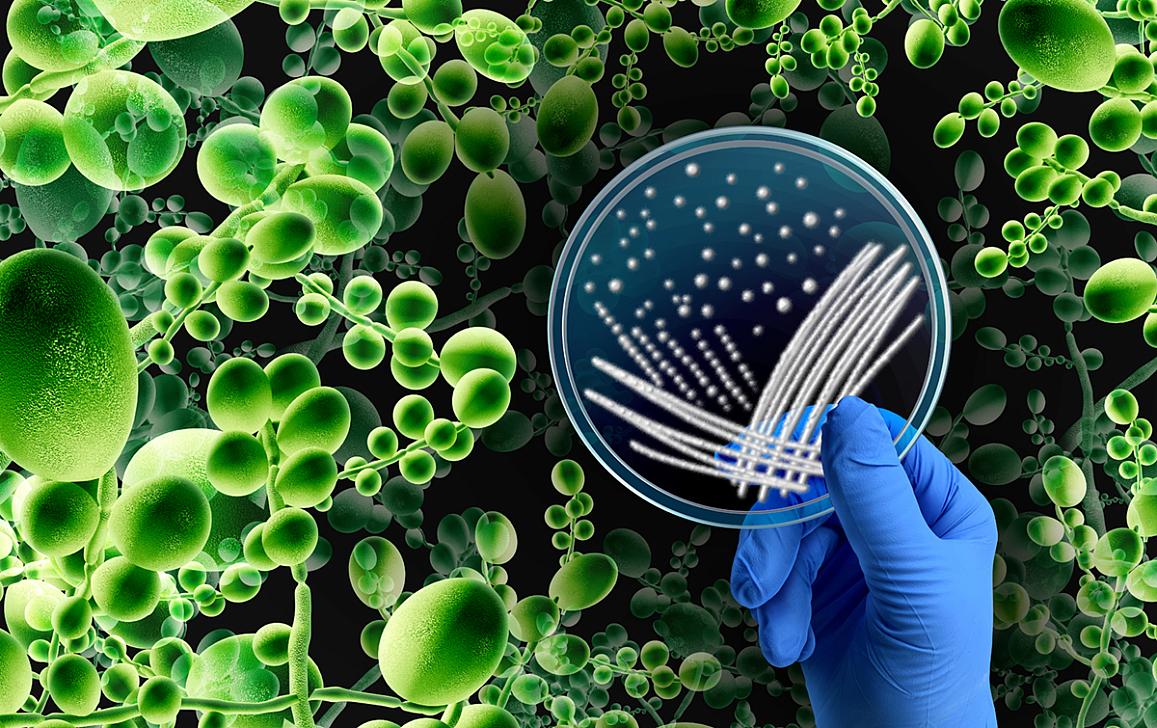Researchers Develop PET Imaging Method to Detect Fungal Infections
Images

Researchers at the National Institutes of Health’s (NIH) Clinical Center and the National Heart, Lung and Blood Institute have developed and tested a new PET imaging method that will allow specific detection of Aspergillus fumigatus fungal infections in a timely manner in the future, without the need for invasive procedures. Delays in diagnosing fungal infections caused by Aspergillus and other fungi can put immunocompromised patients at risk for more serious illnesses or even death.
Due to their presence in the environment, many fungi evolved to use other sources of fuel besides glucose, such as by breaking down complex sugars into simple ones to produce energy. Aspergillus can break down a specific sugar, cellobiose, into two glucose molecules, while most other microbes and human cells cannot. The researchers developed a radioactive version of cellobiose which when injected in the blood, it can be visualized in the body using PET scanners.
In this study, radioactive cellobiose ([18F]-Fluorocellobiose, [18F]-FCB) was injected in mice with fungal infections which were then imaged using a specialized PET scanner for small animals. The mice showed accumulation of radioactivity, while mice with bacterial infections or with noninfectious inflammation did not.
Researchers also found that the same radioactive tracer, [18F]-FCB, can determine if the mice with fungal infections are responding to treatment through PET images taken before and after starting treatment.
The study was funded by the Center for Infectious Disease Imaging (CIDI), a joint initiative between Radiology and Imaging Sciences (RIS) at the NIH Clinical Center and the National Institute of Allergy and Infectious Diseases (NIAID), in collaboration with the Chemistry and Synthesis Center (CSC) at the National Heart, Lung and Blood Institute (NHLBI).